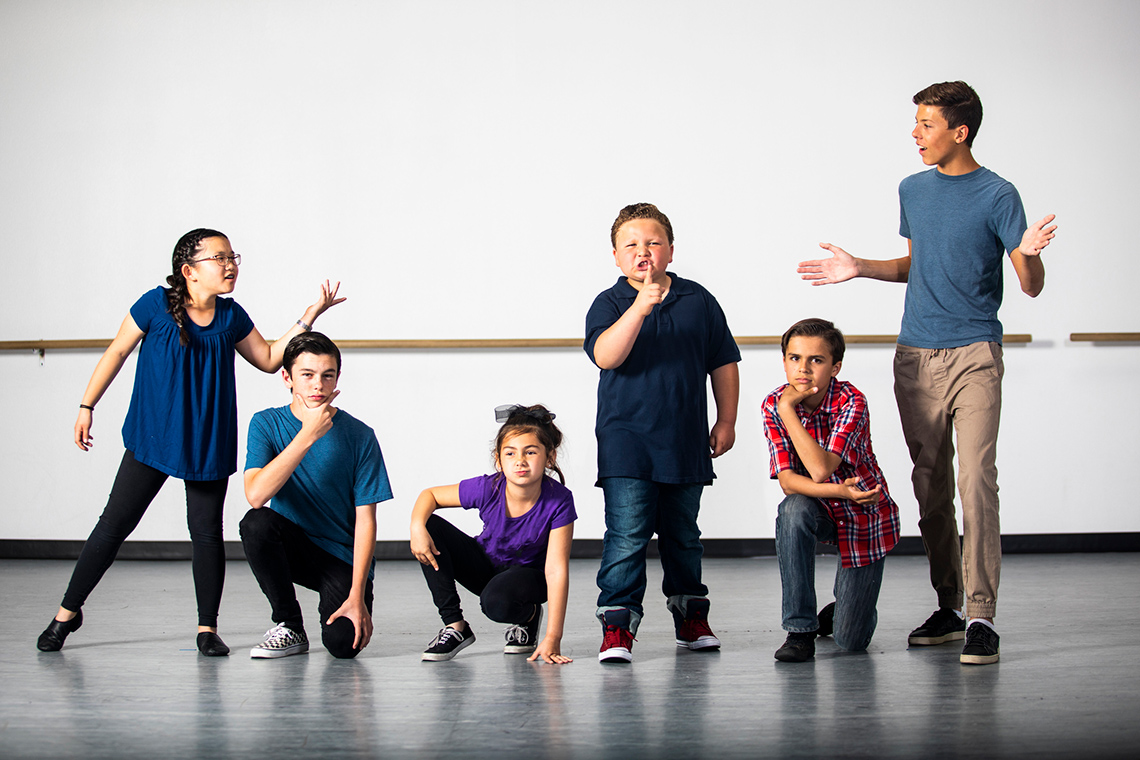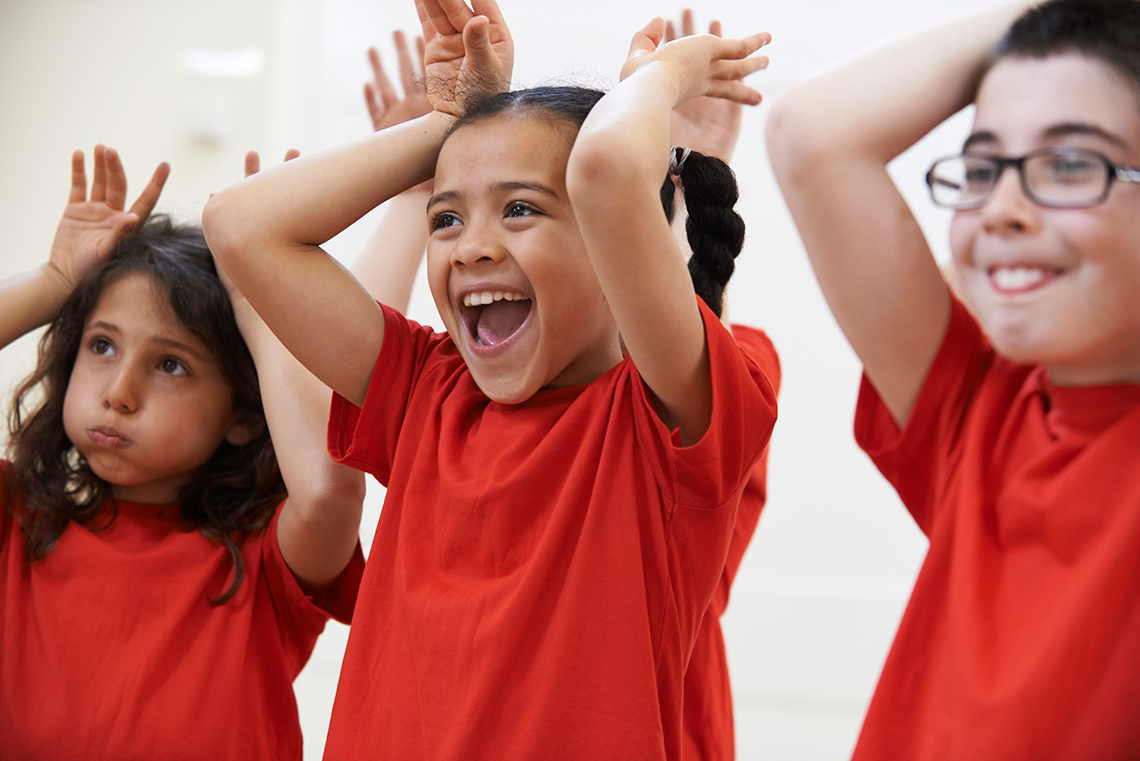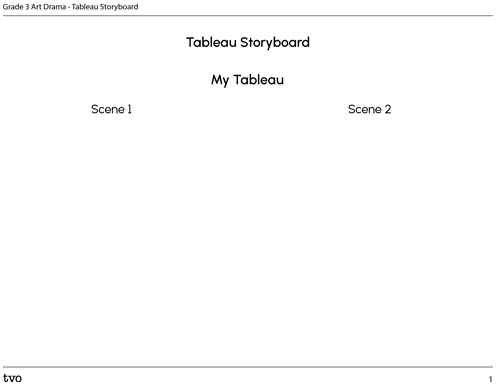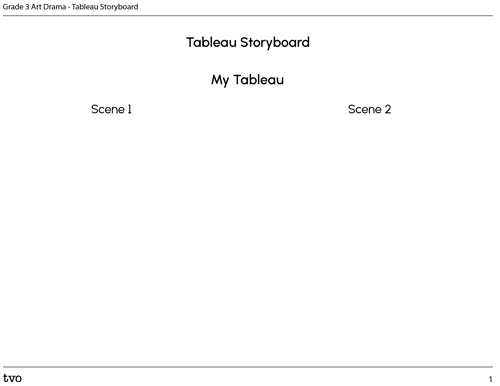Minds On
Let’s warm up!
Warm Up
Warm up
Imagine that there is a candle in front of you, with the flame burning brightly. It’s time to blow out the candle. Take a deep breath in through the mouth and exhale slowly through the mouth as well, blowing out the flame on the candle. If you wish, you can imagine having a few candles in front of you. You can use this breathing exercise to blow out as many candles as you would like.
Access the next audio recording entitled "Blowing Out Candles" to follow this exercise.
Blowing Out Candles
Word association game
Explore the following audio recordings. You will be given three words in each audio recording. Then try to think of a story using those three words. Respond with the first thing you think of!
Example: apple, school, playground
I went to school. I had an apple as part of my lunch. Then after lunch, I got to play on the playground.

Access the following audio recording entitled “Word Association 1” to find out the first set of words and make up a story with them.
Word Association 1
Good job!
Want to try it again?
Explore the following audio recording entitled “Word Association 2” to find out the second set of words and make up another story.
Word Association 2
Let’s get started
What’s happening in this story? Examine the following images to find out.
Record your ideas using a method of your choice. Consider adding your work to your drama portfolio.
Action
Get ready, get set…
An important element of any drama play is time and place. Drama plays use things like sets, lights, and more to show what the setting is and what time it is.
Actors also show time and place through their actions and facial expressions.
For example, if someone was stretching their arms above their head, that might indicate that they are just waking up.

One of the ways that we can show time and place in drama is through tableau.
Explore this video entitled “What is a Tableau?” to learn more about the four different features of tableau. The four features are stillness, facial expressions, filling the space, and levels.
As you learned, a tableau is a drama term for a frozen picture of a scene. Since words are not used, they use expressions to communicate what they are trying to share.
Tableaus usually don’t have props or costumes either.
Tableaus can have multiple scenes or parts. Let’s break down the story from the Minds On section into scenes.

Press the following tabs to access each of the scenes.






In order to perform this tableau, we need to take each frame and turn it into a scene. A scene in a tableau occurs when people are frozen in place. When they move to go to the next scene, that’s called a transition.
This tableau would have six scenes and each one would show different facial expressions and movements.
Go!
Your turn!

Let’s plan out your tableau. What is a day in your life like?
You may also select an event of your choice and create your own story.
Complete the Tableau Storyboard in your notebook or using the following fillable and printable document to organize the ideas for your tableau. If you would like, you can use speech-to-text or audio recording tools to record your thoughts as well. Consider adding your work to your drama portfolio.
Your tableau can have between three and six scenes. It’s entirely up to you! Think about each scene and make notes. Each scene needs to be “frozen,” so focus on simple poses and movements.
Consolidation
Act it out!
Don’t forget to do your safety check!

Time to perform your tableau! Use the following tableau checklist to make sure your tableau is great. You may also create a description of how you might perform it and if you needed more actors to communicate your tableau.
Tableau checklist
Portfolio
Drama portfolio
Consider adding the answers to the following reflection questions to your drama portfolio. You may also use another method of your choice to record your thoughts.
- What did you enjoy about performing or learning about tableau?
- Did you find it difficult?
- How could you improve your tableau?
Reflection
How do you feel about what you have learned in this activity? Which of the next four sentences best matches how you are feeling about your learning? Press the button that is beside this sentence.
I feel…
Now, record your ideas about your feelings using a voice recorder, speech-to-text, or writing tool.
Press 'Discover More' to extend your skills.
Discover MorePick a setting from the following list and create a plan for a tableau. Use the following template to organize your ideas or use another method of your choice.
- a library
- a school
- the playground
Complete the Tableau Storyboard in your notebook or using the following fillable and printable document to organize the ideas for your tableau. If you would like, you can use speech-to-text or audio recording tools to record your thoughts as well. Consider adding your work to your drama portfolio.
Once you have completed your plan, act out your tableau. You may also create a description of how you might perform it.







